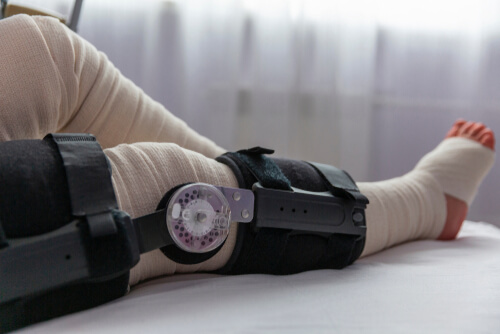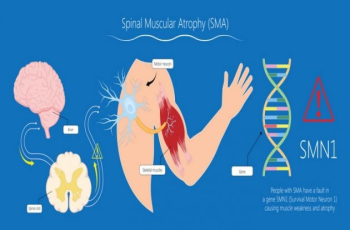
Shin splints rank among the top 10 most common types of muscle and bone injuries diagnosed each year.
This is a common repetitive strain injury. It can affect anyone who has a lot impact on their shins for a long time, such as when exercising, jogging, or climbing stairs. However, it can sometimes be a sudden injury, or the result of certain connective tissue disorders or conditions that weaken bone.
Shin splints are a painful condition. But pain is not the only symptom. Once diagnosed, it can be treated and managed. Your doctor will recommend the most appropriate treatment for you. If caught early enough, shinsplints may not require surgery. However, they can sometimes be severe enough to warrant surgery.
These are the 14 symptoms that you need to be aware of.
1. Radiating Shin Pain
Shin splints can be caused by a sudden injury, but most often they are the result of repeated stress on the shins such as when running or jogging.
Radiating shin pain is one of the first symptoms most people experience when they have shinsplints.
Many people ignore this type of pain, only to have it turn into a fracture of the shin. Consult your doctor if you feel any radiating pain in the shin. If you visit your doctor as soon as symptoms appear, it will be easier to treat.




